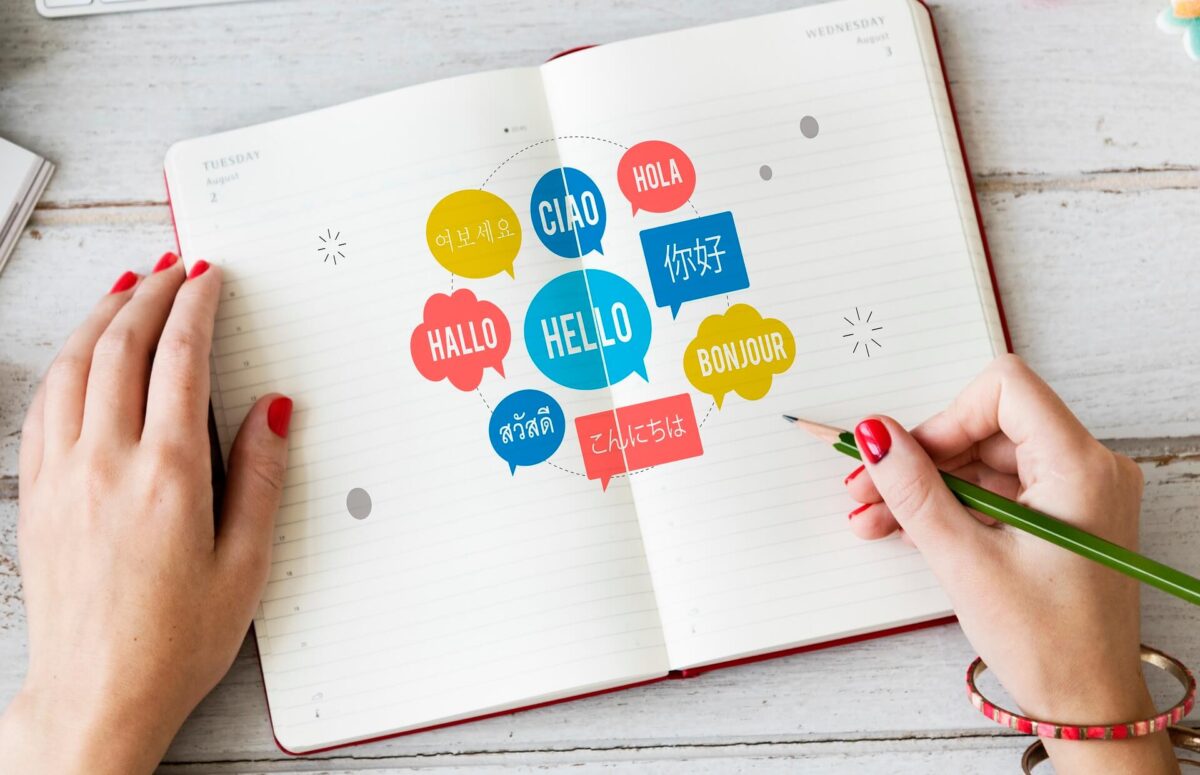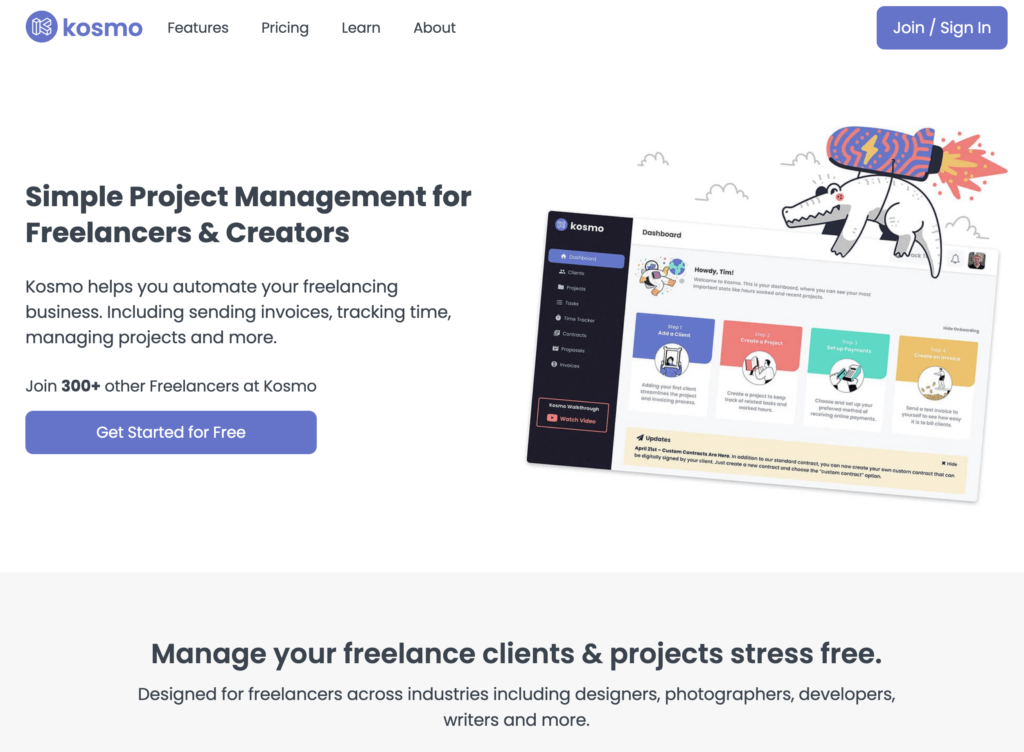How to Become a Freelance Translator – Step-by-Step Guide

Translation jobs are at their peak, and if you want to know how to become a freelance translator, you are in luck! Here’s a step-by-step guide to help you start right.
Freelance translating careers have become appealing, especially to those who are already fluent in at least two languages. Or are into linguistics. Translating can be a complex task because of the accuracy it requires, and naturally, not all languages have a word-for-word translation. So, if you are really interested in translation and aspire to become a freelance translator, you must be ready to learn and adapt continuously.
After all, even if you only have an entry-level skill in translation, the business can be exciting and rewarding. Imagine bridging the gap between two cultures, two people or companies, and literally two different languages. Plus, it is an easy income-generating job with a unique skill that you already have. This can be a potential game-changing career for you!
How to Become a Freelance Translator

According to Forbes.com, a translator is a person trained to convert written text from one language to another. But it is not that simple. Your translation should be precise because you want to deliver the exact message in the same tone but in a different language. When doing translations, you must keep in mind that you have to keep any cultural implications, if any, intact.
Step 1: Understand the Profession
You have to understand how the translation industry works. Aside from the linguistics aspect, you need to have a grasp of the industry you are writing for. Yes, there are several industries that require translation (not only movies and TV programs). Here are some of the industries and examples that usually require translation:
- Literary. Textbooks, articles, poems, novels, and songs.
- Sciences. Scientific documents like medical journals and research; medical documents like clinical records and medicine brochures.
- Legal. Court documents, ordinances, and other legal documents.
- Technical. User guides and product manuals.
- Financial. Income statements, financial documents, and insurance policies.
- Diplomatic. Documents and correspondences from expatriates.
Know that as a translator, you are not just an “app” that converts written documents. There is a science to your profession which ensures you translate as accurately as possible while retaining the document’s structure, style, and tone. So, expect that clients can be more particular and meticulous when vetting translators. It is best that you focus on a specific industry and get well-versed in its terminologies and culture. This way, you can quickly progress and become one of the experts in that field.
Step 2: Assess Your Credentials

While a translating job may sound simple, clients tend to look for highly qualified translators. So, assess your credentials.
- Education. Some take foreign language subjects as early as high school, while some have a bachelor’s degree in linguistics. While these formal educations are not necessarily a prerequisite to the job, some clients prefer to hire translators with these backgrounds. There are short courses for particular languages (e.g. German online courses, Korean courses…) that offer certifications as well. If you lack these requirements, you might want to look for a translation project management course. It will definitely give you an edge over others.
- Experience. Yes, you do speak and write in Spanish, but how good is it when it comes to having the proper cultural references? Having actual experience, either in translation or interpretation, is a plus. Have you visited or lived in a Spanish-speaking country or city? Did you teach Spanish to kids? Or maybe, you have been an interpreter for an office or event. These will add points to your profile and show competence to your name.
- Certifications. Some countries have official certifications for translation skills. In the U.S., for example, the American Translators Association provides certification exams to professionalize the translation industry.
Again, these are not really requirements for most clients, but these are good to have so you can stand out from the rest. If you do not have any experiences to add to your credentials yet, like an actual translation job experience, you can always start with some small gigs. Ask around your community if there are any translation jobs required. Maybe, the local school needs a translator.
Step 3: Know the Skills Needed
In knowing how to become a freelance translator, you must understand that aside from your technical ability to translate correctly, you must also possess some skills to deliver a successful job. It is a profession and a business, after all.
- Writing. To be a good translator, you must have excellent writing skills. This includes correct grammar, spelling, and use of punctuation for the languages of your specialty.
- People skills. Remember that you may be working for a client of a different race. They may have different cultures and insights. Know the best approach to your client, especially when interacting with them. Have good communication skills and practice professionalism at all times.
- Meticulousness. Attention to detail is important in a translation job. Do not miss out on words or phrases that may cause your translation to go wrong. A single missed out punctuation can cause errors too. Go over your translation twice if you must.
- Time management. Because you need to have a keen eye on every word, phrase, and sentence, translation jobs will take time to complete. You have to track and manage your time well to avoid conflicts in your schedule or missing out on deadlines, especially if you have accepted multiple projects.
- Enterprising spirit. As a freelancer, you must have the right business mindset. Remember, as a freelancer, you are a business entity. You are running a business. So, you have to ensure that you are managing your business efficiently.
- Expertise. It may be wise to start slow with the best language you can be an expert on. Yes, you can read, speak, and write with your B language (second most fluent language), but it will be better if you know more than the basics.
Step 4: Setup Your Office

As a freelance translator, you do not necessarily need an actual office space. You may work in a dedicated space in your apartment or a corner of your room. The important thing here is that you have a distraction-free workspace. Remember that when doing your translation job, you must be completely focused to avoid mistakes. Also, you may be working on some confidential projects, so you really need a safe space.
During this stage, it is also best to develop your project workflow. Determine how you will process your projects efficiently so that when you finally start accepting projects, you already have a system in place. Don’t worry; you can establish a workflow system that you are most comfortable with because, in this business, you are the boss.
Make sure you have all the equipment and supplies you need. Once you have a workflow, you will see this clearly. Invest in a good keyboard because there will definitely be a lot of typing. Will you need noise-canceling headphones? Will you need good desklamps? Do you need to upgrade your computer? Will you need a printer? Determine all these at this stage so you can work uninterrupted once you start on a project.
Set up your website and professional social media accounts. Bear in mind that clients check out your online profiles too for reference and screening. So, make sure you have set up a professional website and social media pages. Create a client pool list, especially now that you have chosen a specialty. If you have decided that you will do best in the medical field, then start listing down clinics, hospitals, and other health facilities. Or, if you really love reading, look for international publishers and list them down.
Pro tip: Before you start posting your services in the market, take note of your tax obligations and whether your local government or state will require you to secure a business license.
Step 5: Get the Right Tools
Take advantage of what technology has to offer.
Some translators are comfortable using Computer-Assisted Translation (CAT) and Translation Memories (TMs) software and apps. Explore these software so you will know which one fits your style best. That being said, you should also invest in other business tools like good project management software.
You know you will be handling more than the translation job itself. A freelancer juggles the actual job with admin duties and marketing strategies. Administrative work could be pretty intimidating if you are going to manage it by yourself. But have no fear because there are project management tools that can help you run your business efficiently.
A complete project management tool like Kosmo will definitely make your life easier. Imagine having a clients and projects database all in one software. You can create your client’s directory and a project folder for each client (or more if you have a repeating client). For each project, you get to draft proposals and contracts, track your tasking timelines, generate invoices and send them to clients for payment. It is all there in one software, with all features integrated from the start of the project until completion. Now, that is convenience!

Step 6: Time to Find Your Clients
Everything is online now. Clients looking for translators will search the internet. So make sure you build a strong online presence.
Create an impressive portfolio or resume, and post them on your website and social media accounts. Creating accounts on job boards and other job marketplace platforms is also a good marketing strategy. Make sure that you create profiles that are scroll-stopping, something that will stand out.
Do not underestimate the power of referrals. Ask your family and friends for referrals. Know the people support that you have and maximize your opportunities. Look around your local communities; maybe your local high school is looking for a translator.
One secret to knowing how to become a freelance translator is knowing how to sell yourself too.
Bonus Steps!
Step 7: Connect with Experts
There will always be someone more experienced than you. And you know what they say, “Experience is the best teacher.” Connect with them and have good relationships with them. It is not bad to have a mentor anyway, right? There will always be something new for you to learn.
You can also join groups and organizations to broaden your network. Join in forums and discussions, so you are updated with the news and trends on translation jobs.
Step 8: Continuous Learning

Language is continuously evolving. There may be new expressions or slang that you need to know about. Continue practicing your skills. Maybe you can also start learning a third language if you have enough time. The more languages you know, the more you can expand your business. But remember to always, always take your time. Do not rush things. It is better that you be a master one than master none.
Conclusion
As you can see, being a translator all depends on your specific set of language skills. Setting up the business with the right tools and support system is easy. So focus on enhancing and expanding your skill set so you can stand out from the rest. Now that you know how to become a freelance translator, you can start your business with success!
Get Organized & Win More Clients
Kosmo has everything you need to run your freelancing business.